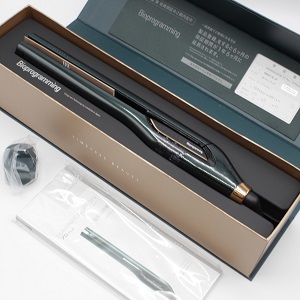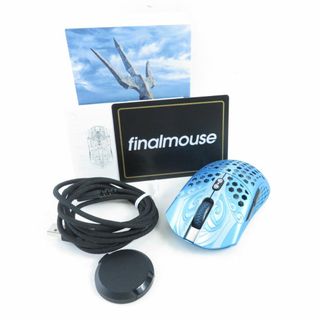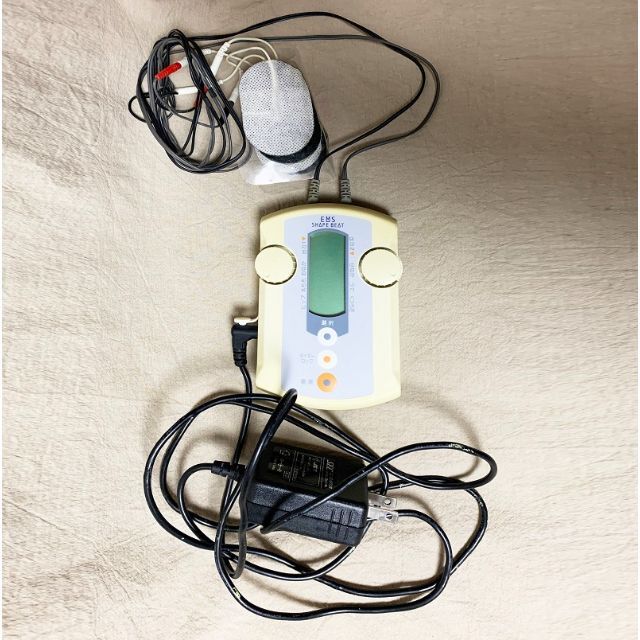商品の説明
最新のクチコミ
商品受け取り満足してます。特に問題なく発送されました。
- kto*****さん
- 53歳
- アトピー
- クチコミ投稿 1件
購入品
包装がしっかりしており、良い発送でした。発送も早く次回使うことがあれば是非利用したいです。
- lif*****さん
- 49歳
- アトピー
- クチコミ投稿 1件
購入品
商品、梱包、迅速な対応とても満足してます
- cea*****さん
- 24歳
- アトピー
- クチコミ投稿 1件
購入品
問題なく商品を受け取る事ができました。また機会がありましたら利用させていただきます。
- joz*****さん
- 27歳
- アトピー
- クチコミ投稿 1件
購入品
入荷待ちからのスタートで時間はかかりましたが圧倒的な安さで満足です。途中経過の連絡メールもあり安心出来ました。またお願いします。
- ena*****さん
- 54歳
- アトピー
- クチコミ投稿 1件
購入品
対応も良く、梱包もしっかりしていて安心して買い物ができました。
- vaz*****さん
- 46歳
- アトピー
- クチコミ投稿 1件
購入品
こちらが気付くのが遅かった不良品にも迅速に対応いただきとても感謝しております!!
- sam*****さん
- 25歳
- アトピー
- クチコミ投稿 1件
購入品
迅速な対応で、壊れることもなくすぐに届きました。
- hir*****さん
- 59歳
- アトピー
- クチコミ投稿 1件
購入品
必要十分な梱包でした。 迅速に発送していただきました。
- car*****さん
- 32歳
- アトピー
- クチコミ投稿 1件
購入品
対応が良かったです。発送も予定より早かったです。
- pam*****さん
- 60歳
- アトピー
- クチコミ投稿 1件
購入品
とても迅速な対応で感謝しております。次購入する場合も使わせていただきたいと思います。
- qkj*****さん
- 32歳
- アトピー
- クチコミ投稿 1件
購入品
搬送迄が、とても早くて丁寧です。連絡も、密にしてくださってとても良かったです
- tak*****さん
- 43歳
- アトピー
- クチコミ投稿 1件
購入品

![10003240[オススメ]FUJITSU Notebook LIFEBOOK A744 Core i7 4GB 新品 ...](https://img.fril.jp/img/638996658/l/2055628804.jpg)














![Amazon | [パタゴニア] ジャケット キルティング フーディー MENS ...](https://m.media-amazon.com/images/I/71lJi8GtXLL._AC_UY580_.jpg)








